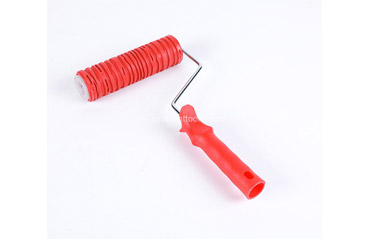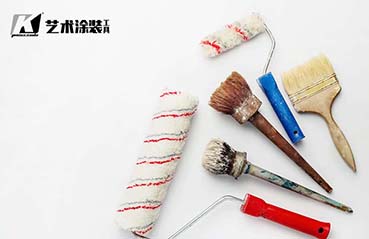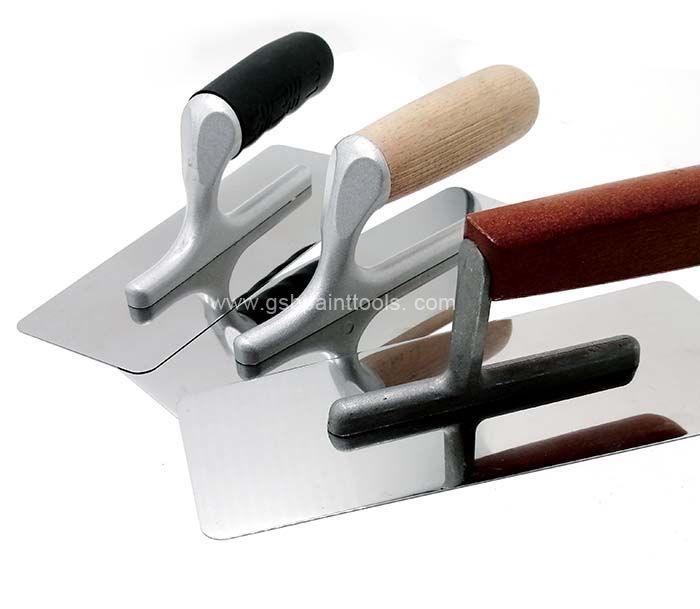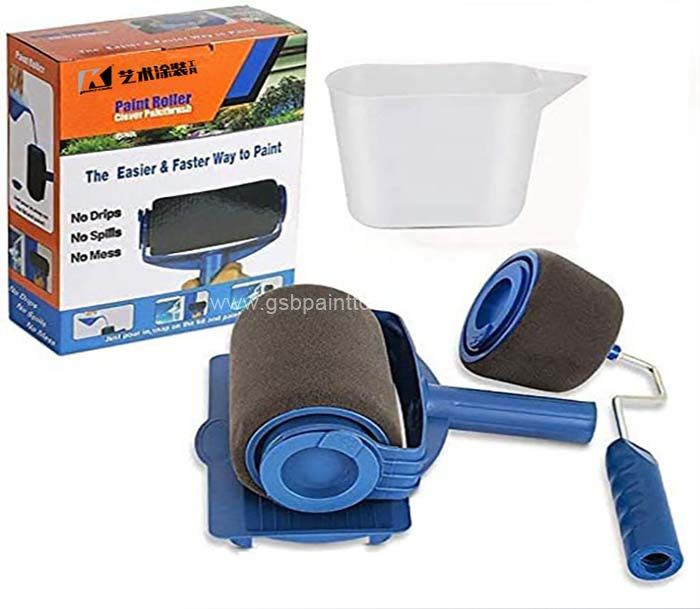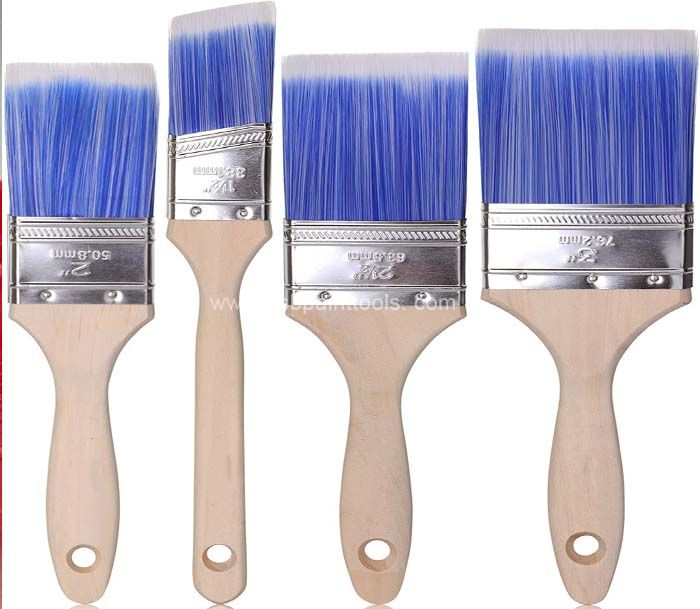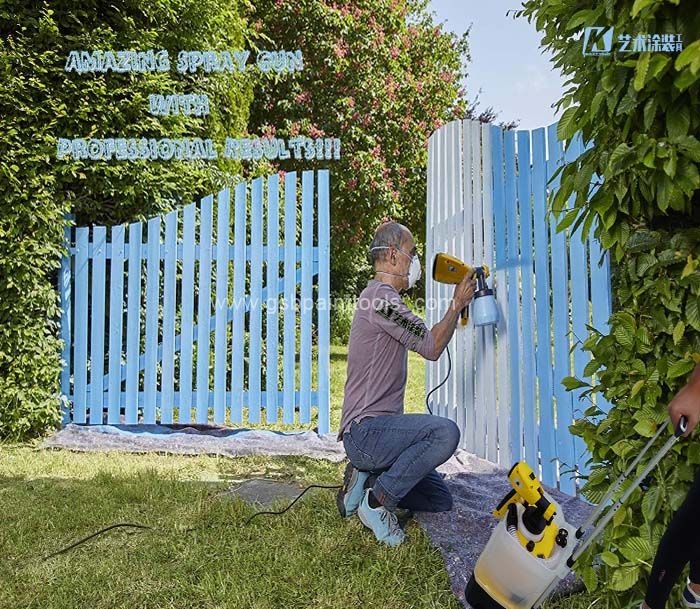Do you know how to Perfect Paint Job?
Keep the edges moist.
Whether you're glazing the door, glazing the furniture,
or glazing the paint on the walls, maintaining a moist edge is essential for all high-quality paint jobs. The idea is to plan the sequence of work and work fast enough so that you always apply the newly applied paint to the still-wet paint.
For example, if you stop in the middle of a wall to take a break and then start
painting after this part has dried out, you might see a circle mark at the
junction of two areas. The rolling technique we demonstrated avoids this problem
by allowing you to quickly cover large areas with paint and then restore
smoothness.
Paint Roller
Put it away and make it smooth.
Whether it's brushing or rolling, the biggest mistake most novice painters make is taking too long to paint. Shows how to lay on paint. Then roll it out quickly and repeat the process again. This applies only to high-quality drum covers that can hold large amounts of paint. Cover approximately 3 or 4 feet of the wall before flattening the entire area until you are familiar with the technology and understand how quickly the paint dries. If you find that the Paint Roller is slowly drying, cover the entire wall before flattening.
Get as close as you can.
The first step is to paint along with the ceiling, interior corners and decorative strips since the edges of the rollers cannot be tight. This "cut in" process leaves brush marks that don't match the texture of the roller on the rest of the wall. To get the best look, you need to cover as many brush marks as possible with a roller. To do this, carefully roll up the position close to the interior corners, the trim and the ceiling. Point the opening end of the drum towards the edge and do not use a full load of paint. With practice, you'll be able to roll within an inch of the ceiling vertically, and you'll be able to avoid climbing the ladder to draw horizontally, as shown above.
Pick out the lumps before they dry.
Inevitably, you end up caked in the paint. Keep the drum cover away from the floor, where it may pick up debris that will then be scattered on the wall. Dry paint on the edge of a bucket or bucket screen can also cause this problem. Cover the bucket with a wet cloth when not in use. If a part of the dry paint comes off the screen, remove it and clean it. Carry a damp cloth with you and take it off the wall. Filter the used paint through a sieve to remove clumps.
Before cleaning the drum, please scrape off the excess paint on the drum. Use a putty knife or, better yet, a special roller scraper with a semicircular cut in the blade. Then rinse the drum cover until the water runs out. Simply slide the cover of the drum onto the rotator and repeat wetting and rotating the drum until it is clean.
Our company also has Pattern Roller for sale, welcome to consult us.







